
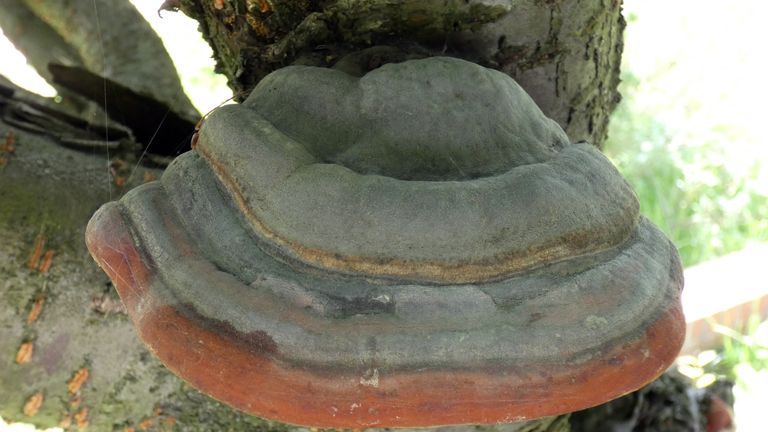
At the end of December last year, on a live tree, I spotted a fungus resembling the shape of common polypore. Yes, it was and still is an arboreal fungus, but it is called "Red-belted conk".
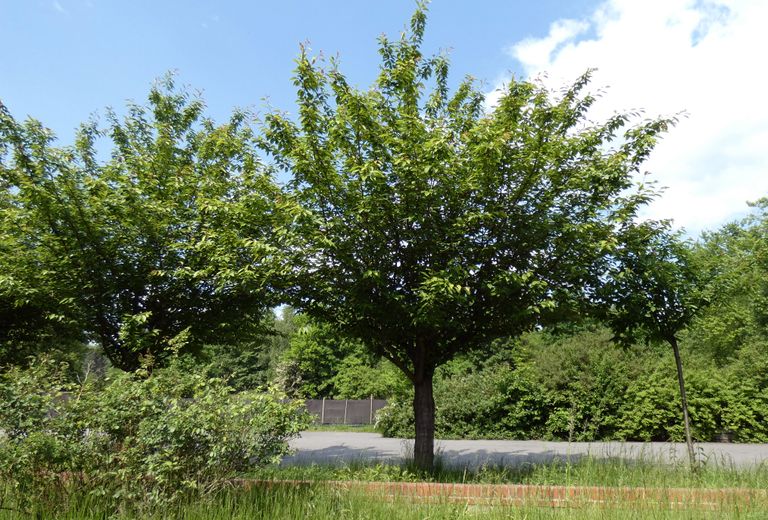

I decided to visit the site of this mushroom again, hoping it was still there. It is a mushroom with healing properties, so someone might be tempted to obtain it.


To my satisfaction, all fruiting bodies were in place intact, of course, as far as human activities are concerned, because time, unfortunately, did its thing.
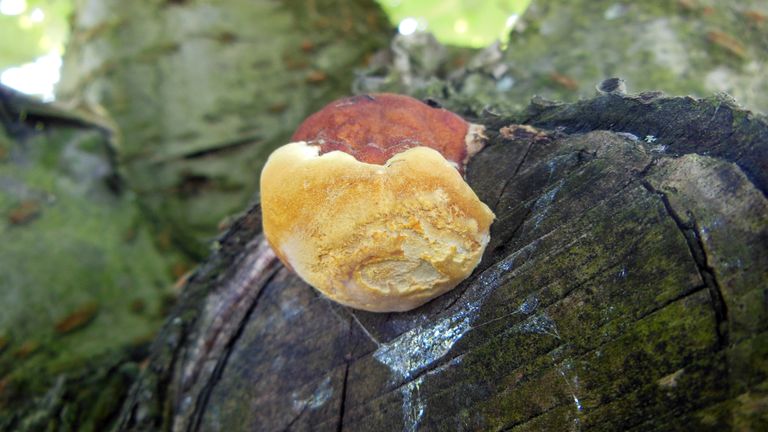

The mushroom noticeably increased in size, at least when it comes to the oldest individual, because the young fruiting body seemed to stop developing.


The shape of the largest mushroom and its color have also changed. The beautiful discolorations that appeared there in the form of orange and gray stripes disappeared from the upper part of the hat.
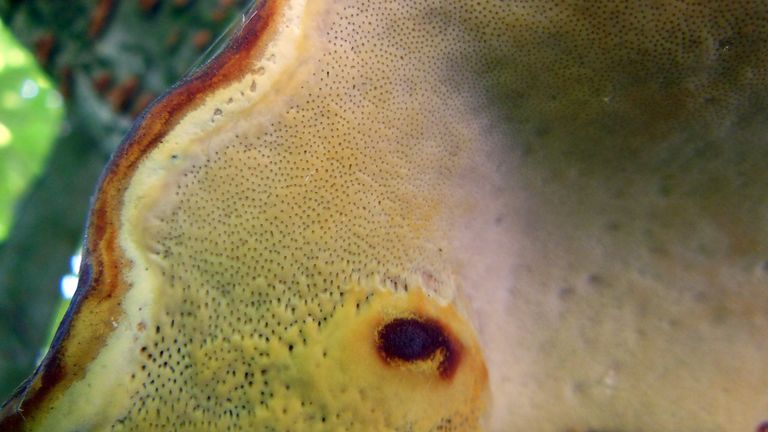
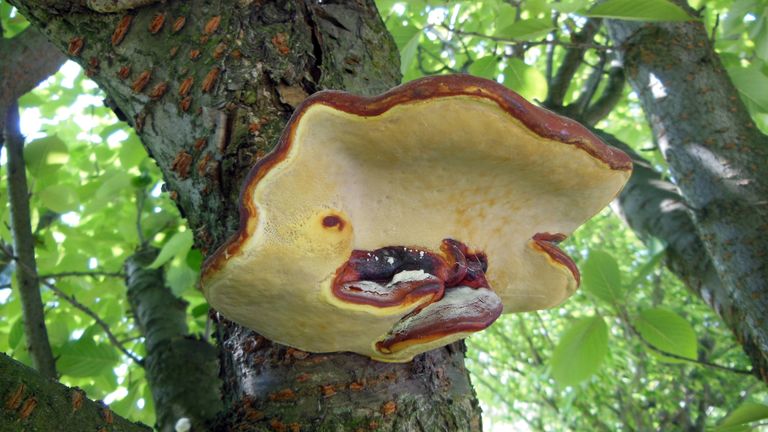
The underside of the mushroom turned more orange in color, and the previous time it was white and yellowish. This does not change the fact that the fungus still has health properties.

It is still used in natural medicine. Ripe mushrooms are dried, crushed and made into teas and tinctures. This mushroom has antibacterial, antiviral properties and is widely used in the fight against cancer. It is available in herbal shops.

I am planning my next visit to this mushroom in late autumn. Although it is a perennial mushroom, I don't expect it to reach record size, i.e. about 40 cm in diameter, but I expect further interesting changes.

You can see how much he has changed after half a year by comparing today's post with the first winter one. https://peakd.com/hive-166168/@marianomariano/red-belted-conk-a-beautiful

